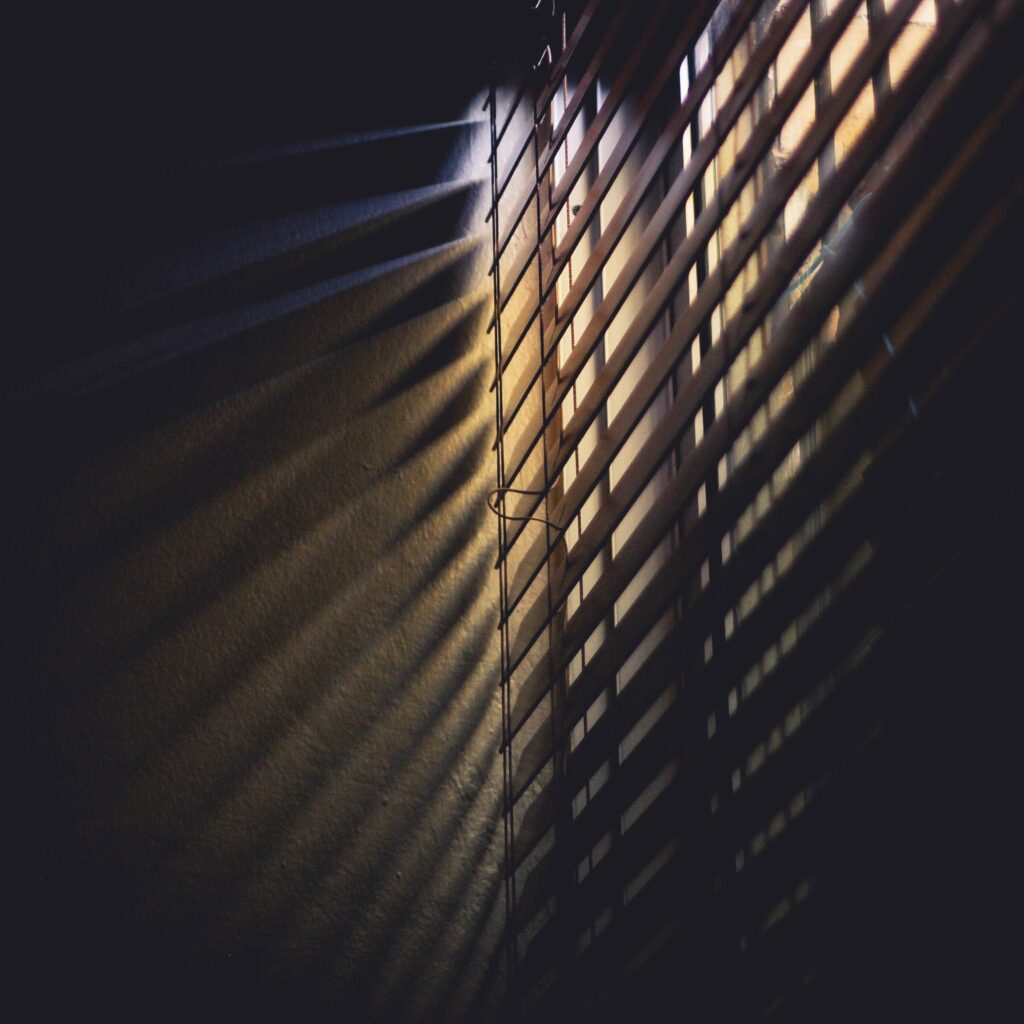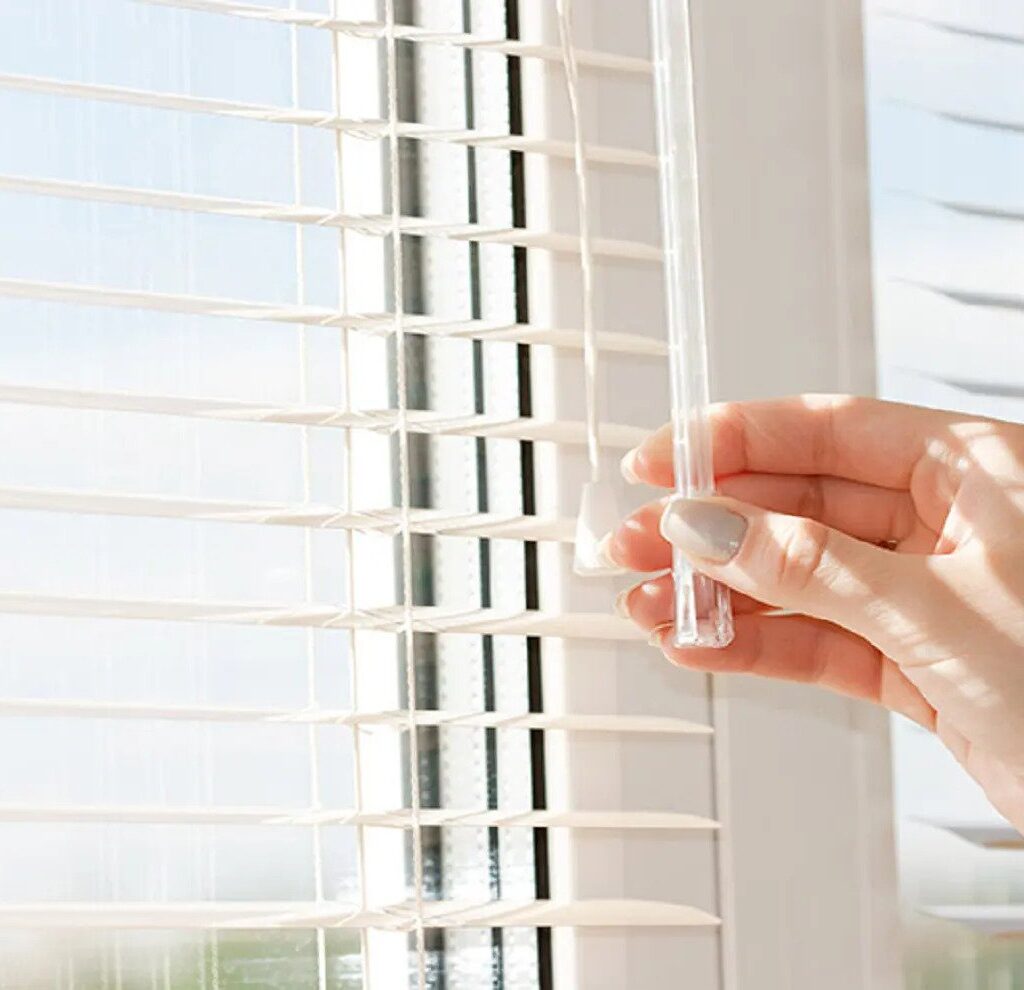Blinds can indeed help to keep your home cool in the summer (and warmer in the winter). Discover how the simple yet ingenious use of blinds can transform your home’s comfort during scorching summers.
In this article tailored for our UK readers, we unveil the art of using blinds to beat the heat effectively. From regulating sunlight entry to optimizing indoor temperatures, blinds emerge as your secret weapon for a cooler haven.
Delve into their pivotal role in managing sunlight and learn how to thwart excessive heat gain. Explore their diverse forms, including reflective and energy-efficient options, which seamlessly merge functionality with style.
Discover the power of adjustable slats and smart blinds, offering you total control even when you’re away. Uncover the standout manufacturer, “Make My Blinds,” and its array of offerings.
As we unravel the science behind these unassuming window treatments, you’ll find yourself ready to revolutionize your home’s cooling strategy.
Embrace the expertise to craft a more comfortable living space while lowering energy demands.
Table of Contents
ToggleDo blinds keep a house cool?

Blinds play a significant role in maintaining indoor temperature and can contribute to keeping a house cool, especially during hot weather.
When direct sunlight enters a room, it brings in heat that can cause the indoor temperature to rise. By adjusting the angle of the blinds, you can control the amount of sunlight that enters the room.
When the blinds are fully closed, they can block out a substantial portion of sunlight, thereby reducing the heat gain and preventing the room from becoming excessively warm.
Additionally, certain types of blinds, such as reflective or light-colored ones, are designed to reflect sunlight and heat, further aiding in maintaining a cooler indoor environment.
By effectively managing the amount of sunlight entering your home, blinds can help reduce the need for excessive air conditioning and provide a more comfortable living space.
Blinds can help reduce heat gain and keep a house cool by controlling sunlight. They block out direct sunlight when closed and can reflect heat, reducing the need for excessive air conditioning.
However, other factors like insulation, window quality, and home design also impact indoor temperature.
Proper insulation and energy-efficient windows prevent heat transfer, and in hot regions, combining blinds with strategies like outdoor shading, reflective films, and natural ventilation enhances cooling effectiveness. Blinds are valuable but work best as part of a comprehensive cooling approach.
How to keep your house cool using blinds?
Here’s how blinds contribute to maintaining a cooler and more comfortable environment:
Sunlight Blockage:

Blinds are effective in blocking or reducing the amount of direct sunlight that enters your home. Sunlight carries heat, and when it enters through windows, it can lead to an increase in indoor temperature. By using blinds to block or filter sunlight, you can prevent excess heat from entering your rooms, especially during the hot hours of the day.
Reflective Properties:
Some blinds are designed with reflective materials that bounce sunlight back out of your home. These blinds are particularly effective in reducing solar heat gain. Reflective blinds are often used in warmer climates to minimize the amount of heat absorbed by interior surfaces.
Light Diffusion:

Blinds that diffuse light, such as cellular or honeycomb blinds, scatter incoming sunlight and create a softer, more even illumination within the room. While they don’t block sunlight completely, they can help reduce the intensity of direct sunlight and its associated heat.
Energy Efficiency:
Certain types of blinds, such as blackout blinds or those with thermal backing, offer insulation benefits. They create an additional barrier between your home’s interior and the outside environment, helping to maintain a more stable indoor temperature. This insulation effect can keep your home cooler in the summer and warmer in the winter.
Angling and Adjustment:

Blinds with adjustable slats, like Venetian blinds, give you the flexibility to control the amount of light and heat that enters your home. By angling the slats, you can direct sunlight away from the interior and reduce heat buildup.
Motorized and Smart Blinds:
Some blinds can be integrated into smart home systems and adjusted remotely. This allows you to manage the amount of sunlight and heat entering your home even when you’re not physically present. You can program them to close during the hottest parts of the day or when the sun is directly shining into specific windows.
Incorporating blinds as part of your window treatments can significantly impact your home’s indoor temperature. By strategically using blinds to block or manage sunlight, you can create a cooler and more comfortable living environment, reduce the strain on cooling systems, and potentially lower energy bills during the hot summer months.
We’ve researched the market carefully and the standout manufacturer is
Why did we choose Make My Blinds for your Blinds?
- A huge variety of blinds (see below)
- A very high rating for customer satisfaction with over 10,000 ratings on Trustpilot with an “excellent” score of 4.5
- Next day delivery of free samples
- Motorised smart blinds – a feature we love!
- Lots of “how to” guides on the website
- Really great prices
Variety of Blinds to keep your home cool:
Following are the variety of blinds that will help you to keep your home cool even in the heat waves.
Roller Blinds:

These simple and versatile blinds consist of a single piece of fabric that rolls up and down around a tube. They are available in various colours, patterns, and materials, allowing homeowners to achieve different looks.
Venetian Blinds:

Venetian blinds feature horizontal slats that can be tilted to control light and privacy. They are available in materials such as wood, aluminium, and PVC, offering different aesthetics and levels of durability.
Vertical Blinds:
Vertical blinds consist of vertical slats that can be rotated to control light and privacy. They are a popular choice for large windows or sliding glass doors.
Roman Blinds:
Roman blinds are made of fabric and fold up in horizontal pleats when raised. They provide an elegant and soft appearance.
Pleated Blinds:
Pleated blinds feature a concertina-like design, creating a neat and compact stack when raised. They are often used in conservatories and other spaces with unique window shapes.
Blackout Blinds:
These blinds are designed to block out light completely, making them ideal for bedrooms or spaces where light control is crucial.
Motorised and Smart Blinds:
Some blinds can be integrated into smart home systems and adjusted remotely. This allows you to manage the amount of sunlight and heat entering your home even when you’re not physically present. You can program them to close during the hottest parts of the day or when the sun is directly shining into specific windows.
If you like what you’ve read click below to go to the website!
Conclusion:
In conclusion, employing blinds strategically within your window treatments can notably impact indoor temperature control, especially during warmer seasons.
Blinds effectively manage sunlight, curbing excessive heat intrusion and fostering a cooler indoor atmosphere, particularly during peak daylight hours.
Reflective and energy-efficient blind options further enhance heat reduction, while adjustable slats and smart blinds offer adaptable light control.
Choosing appropriate blinds, such as roller, Venetian, vertical, Roman, pleated, or blackout styles, ensures tailored benefits for light management and aesthetics. Notably, “Make My Blinds” stands out as a reputable manufacturer with a diverse range.
By seamlessly integrating blinds, you not only enhance comfort but also potentially decrease cooling demands, leading to energy efficiency.
Ultimately, blinds serve as functional and stylish elements that contribute significantly to a more pleasant indoor environment while tackling temperature challenges.


Add a Comment